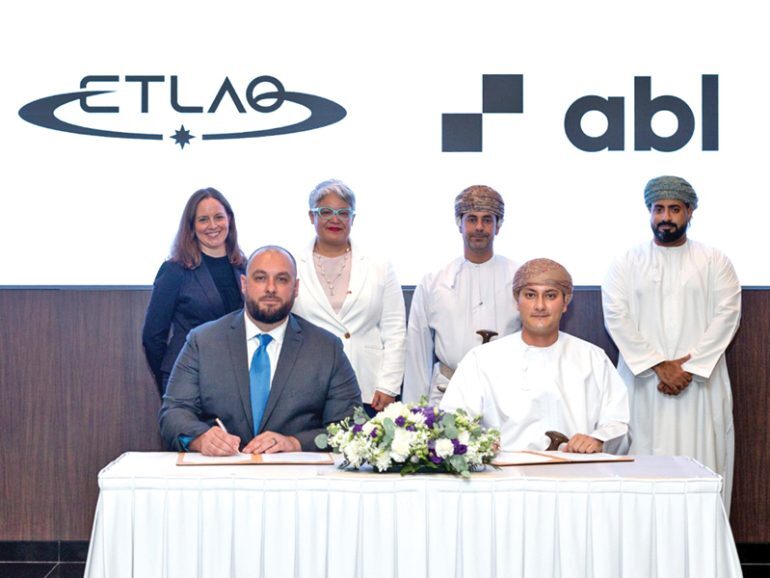26.06.2024

Muscat – A US-based satellite launch company and Oman’s Etlaq Spaceport signed a memorandum of understanding (MoU) on Tuesday that will see ABL Space Systems launch its space vehicles from Duqm.
Civil Aviation Authority hosted the signing of the MoU, with Naif al Abri, its president, and H E Ana Escrogima, Ambassador of the United States to Oman, in attendance.
Under the MoU, ABL and Etlaq will explore launching the former’s RS1 launch vehicle from the Etlaq Spaceport, bringing orbital satellite launch capability to the Gulf region.
The initial project focus is on evaluating local logistics and site construction, as well as developing regulatory and export control frameworks with both the US and Oman governments, a press release stated.
The Etlaq Spaceport is expected to be operational in 2027 and provide wide orbital access from sun synchronous to low inclination orbits. The nearby commercial airport and deepwater port in Duqm provide critical logistical capabilities to serve these satellite missions. ‘The spaceport will strengthen the sultanate’s space sector and position Oman as a regional and global leader in the space industry.’
Harry O’Hanley, CEO of ABL, said, “The Gulf region space eco-system is growing immensely, with new investment and large ambition in exploration, science missions and constellation deployment. These efforts all benefit from local access to space and we’re excited by the opportunity to partner with Etlaq and Oman to help provide this capability.”
H H Sayyid Azzan bin Qais al Said, CEO of Etlaq, highlighted the importance of this partnership, stating, “We are proud of getting to this milestone with ABL Space Systems, and it reflects our commitment to developing the space sector in Oman. We believe that this MoU is a step in the right direction for us to position our spaceport as a global choice for established rocket companies.”
Quelle: Muscat Daily
